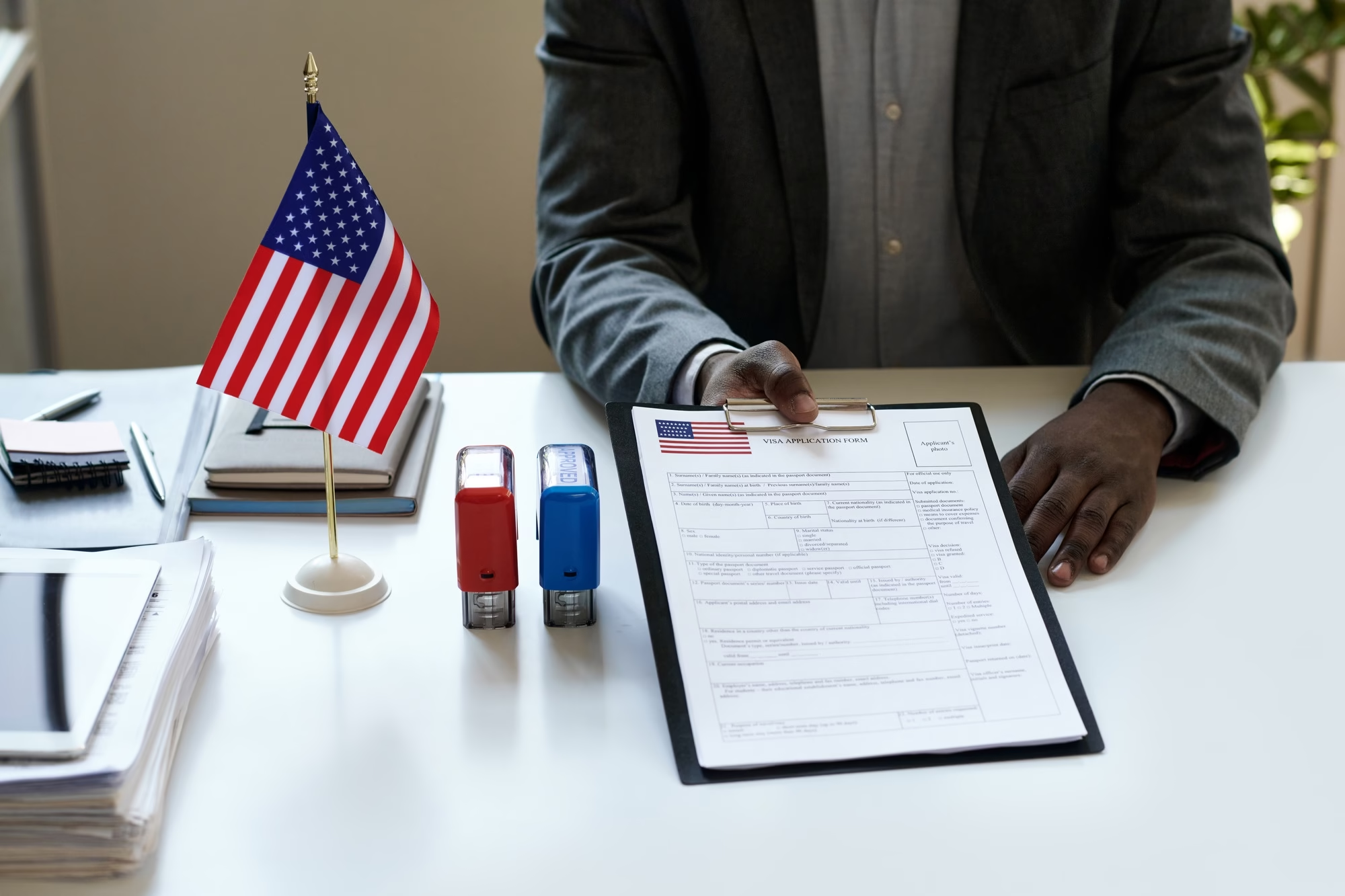Transitioning from H-1B to EB-5 visa is an option. For many foreign professionals working in the United States on an H-1B visa, the dream of obtaining permanent residency (a green card) can be a long and uncertain process. The EB-5 Immigrant Investor Program offers a viable alternative for H-1B holders who have the financial means to invest in the U.S. economy while securing a direct pathway to a green card. This blog explores how an H-1B visa holder can transition to an EB-5 visa and the key considerations involved.
Understanding the H-1B and EB-5 Visas
H-1B Visa: This is a non-immigrant visa that allows U.S. employers to hire foreign professionals in specialty occupations. It is valid for up to six years but does not automatically lead to a green card.
EB-5 Visa: The EB-5 program grants U.S. green cards to foreign investors who invest a minimum of $1,050,000 (or $800,000 in a Targeted Employment Area) in a U.S. business that creates at least ten full-time jobs for U.S. workers.
Why Transition from H-1B to EB-5 Visa?
- Faster Path to a Green Card – The H-1B visa is subject to annual caps and long green card backlogs, particularly for applicants from countries like India and China. The EB-5 visa provides a more direct route to permanent residency.
- Independence from Employer Sponsorship – H-1B holders rely on employer sponsorship, limiting career flexibility. The EB-5 visa allows self-sufficiency in obtaining permanent residency.
- No Need for PERM Labor Certification – Unlike employment-based green card categories, the EB-5 program does not require labor market testing, reducing processing complexities.
Steps to Transition from H-1B to EB-5
- Secure the Required Investment
- Invest $1,050,000 in a U.S. business or $800,000 in a Targeted Employment Area (rural or high-unemployment areas).
- Investment can be made through a direct business or a Regional Center project.
- File the EB-5 Petition (Form I-526E)
- This application must include proof of the investment and evidence that the business will create at least ten full-time U.S. jobs.
- Maintain H-1B Status While the EB-5 Petition is Pending
- H-1B holders should ensure they maintain valid status while awaiting EB-5 processing to avoid unlawful presence issues.
- Apply for Adjustment of Status (Form I-485)
- If residing in the U.S., the applicant can file Form I-485 to adjust status to a conditional green card holder once a visa number becomes available.
- Receive Conditional Green Card and Remove Conditions
- After two years, the investor files Form I-829 to remove conditions and obtain a permanent green card.
Key Considerations
- Source of Funds: The investment capital must come from lawful sources, and documentation proving the legitimacy of funds is required.
- Processing Times: The EB-5 process can take several years, depending on visa availability and country-specific backlogs.
- Maintaining Work Authorization: H-1B holders should secure work authorization (such as an EAD through I-485) while transitioning to EB-5.
Conclusion
For H-1B visa holders seeking a faster, employer-independent path to permanent residency, the EB-5 visa program offers a compelling option. While the investment requirement is significant, the benefits of securing a green card through EB-5 can outweigh the long waiting periods and uncertainties of employment-based green card options. At Visa Immigration Pro, we can guide you through this transition, ensuring a smooth and compliant process toward your U.S. residency goals.


